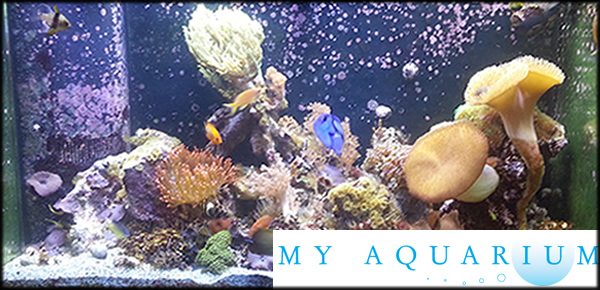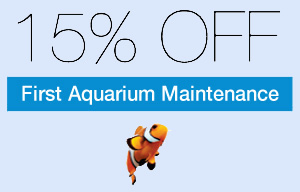Fish Tank Hoods -
Closing The Gap Between Their World And Ours
So you have a breathtaking aquarium set up and are bothered that there is nothing between you and the water, instinctively you might think thats a little weird and wonder if its a problem, truth is it can be, there are a lot of unfortunate side affects and problems that can arise from having an uncovered tank top.
Having your tank top open is not all negative but its best to know the upsides and downsides of whatever decision you make and how to get the best possible outcome for your particular fish tank.
One obvious negative aspect of having the tank top open is the possibility of some object or fluid accidentally getting into the tank or some creature accidentally getting out. Lots of things can hurt aquatic life, metals for instance can leach toxins into the water and begin to kill things off quite quickly if gone unnoticed in the tank. If your tank is a terrarium setup reptiles and amphibians can sneak out quite cleverly. Don't think you've escaped this possiblity if you just intend to keep fish, many species of fish are quite jumpy and should undoubtedly have a tank hood to keep them in.
There are other reasons to have a hood for your fish tank. One is temperature, the tank will tend to stay warmer with a closed top than it will with no top at all sometimes this is desirable if the average tank temperature is lower than desired but if your having trouble keeping the tank temperature down either from summer heat or heat from the lighting there are lots of cover options available that will not hold heat in but still serve the other advantages of having a hood over your aquarium.
Evaporation is another factor that hoods have a big effect on. When the top is closed off particularly if its closed by a tight glass lid this lowers evaporation to a crawl the glass collects the evaporation before it can escape and then it drips back into the water creating a greenhouse effect. Tops that fit too tightly can impede on air circulation slowing down the transfer of oxygen in and carbon dioxide out which is not good for the livestock.
There are many types of hoods for aquariums and many differences between them. Many hoods are very large enclosures that house often elaborate lighting particularly for very photosynthetic life forms, these are expensive but very nice to look at and can give great oxygenation and heat reduction from the lights but evaporation is high because of the light heat and open top within the canopy.
Also typically available are regular output florescent bulb fixture and fold up front for access. These are the most common and come with the most common sized tanks. They are all around good for the typical fish setup, they minimize evaporation because of a cover and protect the water from foreign objects but aren't so air tight as to impede on the ability for oxygen to get into the water and carbon dioxide to get out or overhead.
Another common option is the nearly air tight glass fitting tops. They will protect the water from the outside world well, but they slow down air circulation and the green house effect they create can rapidly raise the temperature of the water to very high levels. If however you have a sump for oxygenation on a saltwater tank and are looking for a way to lower evaporation and raise the temperature on a system where the temp is too low this is the perfect low cost solution.


